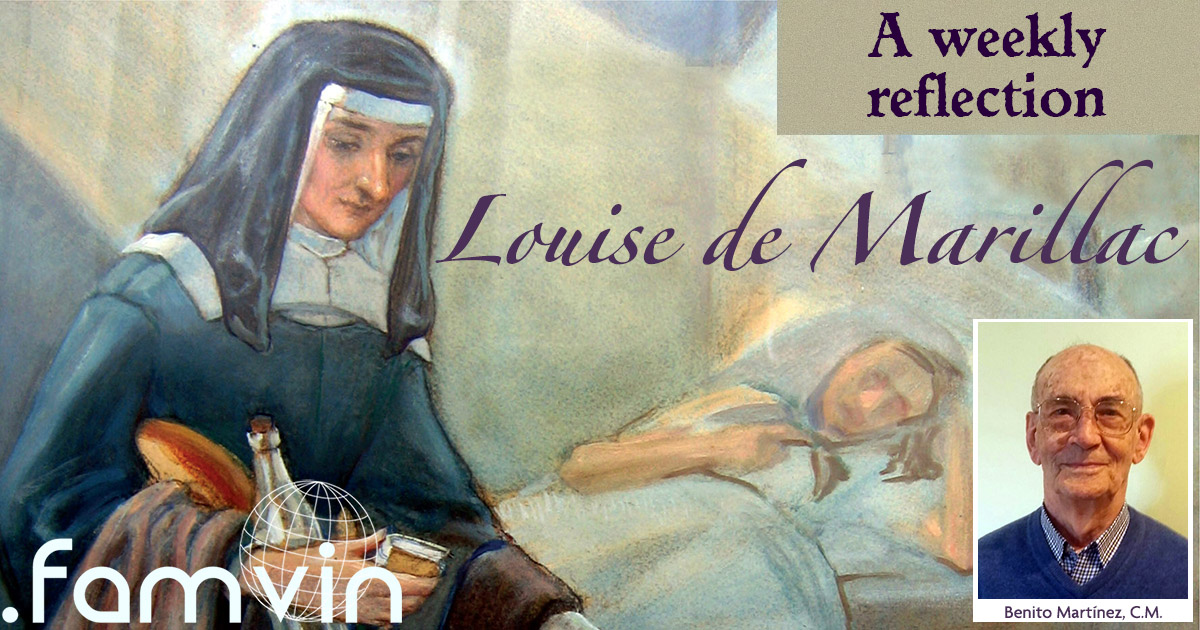“At present the priests of Saint-Sulpice are sending for four girls from the refugee center to help our sisters. Should they be allowed to do so, or would it be more fitting for the convalescent patients to come for their own meals? There are six of our sisters, although two are ill. I fear that this mixture will create confusion and much harm, and that it will come from our sisters themselves.” (L. 350).
Louise de Marillac, Postdata to a letter that Saint Louise sent to St. Vincent de Paul in 1649.
Reflection:
- In Paris and in the surrounding towns the insurrection of the Fronde explodes against the despotism of the king and his minister Mazarin. People flee to Paris to shelter, especially young women — meat for soldiers. Saint Louise, assisted by the Ladies of Charity (AIC), was concerned to save the young women who came to Paris from prostitution.
- The hierarchy of the Church considered a woman the door of the devil, often to excuse the scandalous immorality of some priests and religious, “…poor, seduced by the erotic arts of women.” They distrusted even nuns, who had to be cloistered within high walls. A woman was locked in three areas: kitchen, bed or convent. For a woman, to be decent, she must be married or in a convent. An unmarried woman was considered a dissolute woman and an insidious temptress, for being both a woman and single.
- It was thus that the water-bearers considered the Daughters of Charity who went to fetch water from the public fountain near the Central House, sending dirty and rude insinuations toward them, for the first Sisters dressed like the young Parisians. In other regions this form of dress became the habit, but not in Paris, where it was the dress of all young women. Hence Saint Louise opposed the fact that the young immigrants do the service of the Sisters, so that they do not confuse the two: the young immigrants lived a worldly life with a language sometimes rude and lascivious, while the Sisters lived in chastity, poverty and obedience.
- Celibacy is an offering of life that a Christian makes to God as a layman or laywoman, priest or religious. And he/she does not embrace celibacy because he/she is not attracted by the opposite sex and the married life. Rather, it is a vocation of service to the world and to the People of God. It is not easy, but God helps. And with the Grace of God everything is possible.
- Sometimes cases of consecrated priests, bishops, who fail to their vows come to light, and are reported by some media as a marketing ploy.
- The Church does not admit the so-called gender ideology: that we are all born male or female, but being male or female depends on the education that is received. Nor, as the Church they are, does any branch of the Vincentian Family admit it.
Questions for dialogue:
- What do I do for people who embrace celibacy for the service of God and the poor?
- Do I pray for them?
- Do I defend them when they are falsely criticized?
- Is the abolition of celibacy the right measure?
- Do I help them in their material and spiritual needs?
Benito Martínez, C.M.








0 Comments